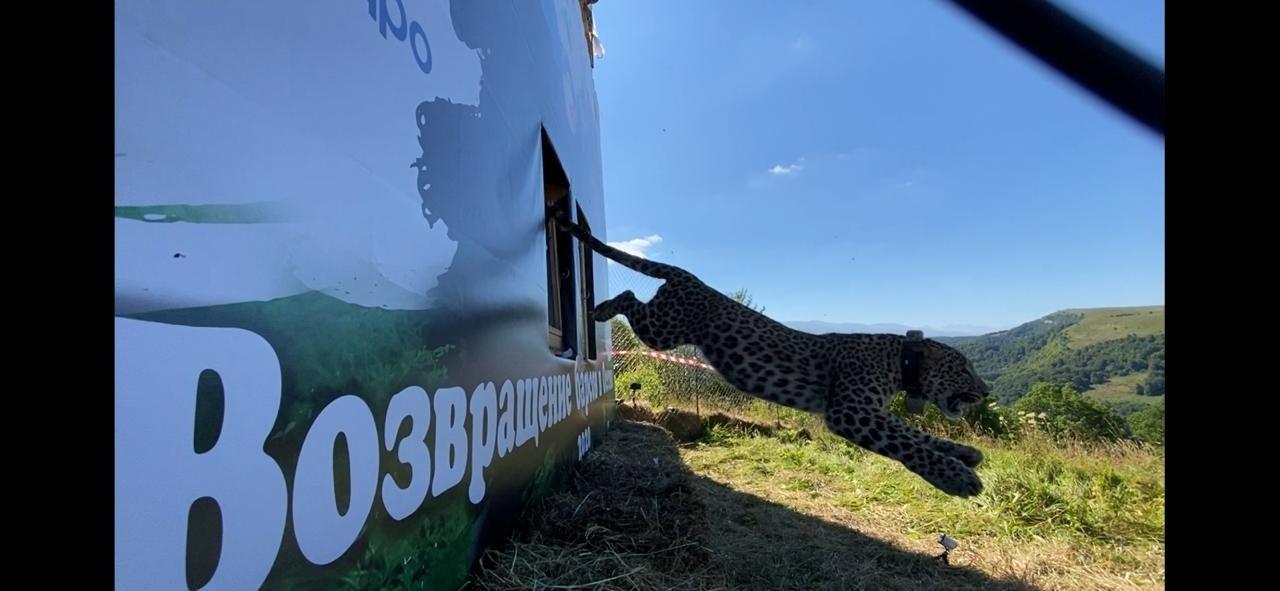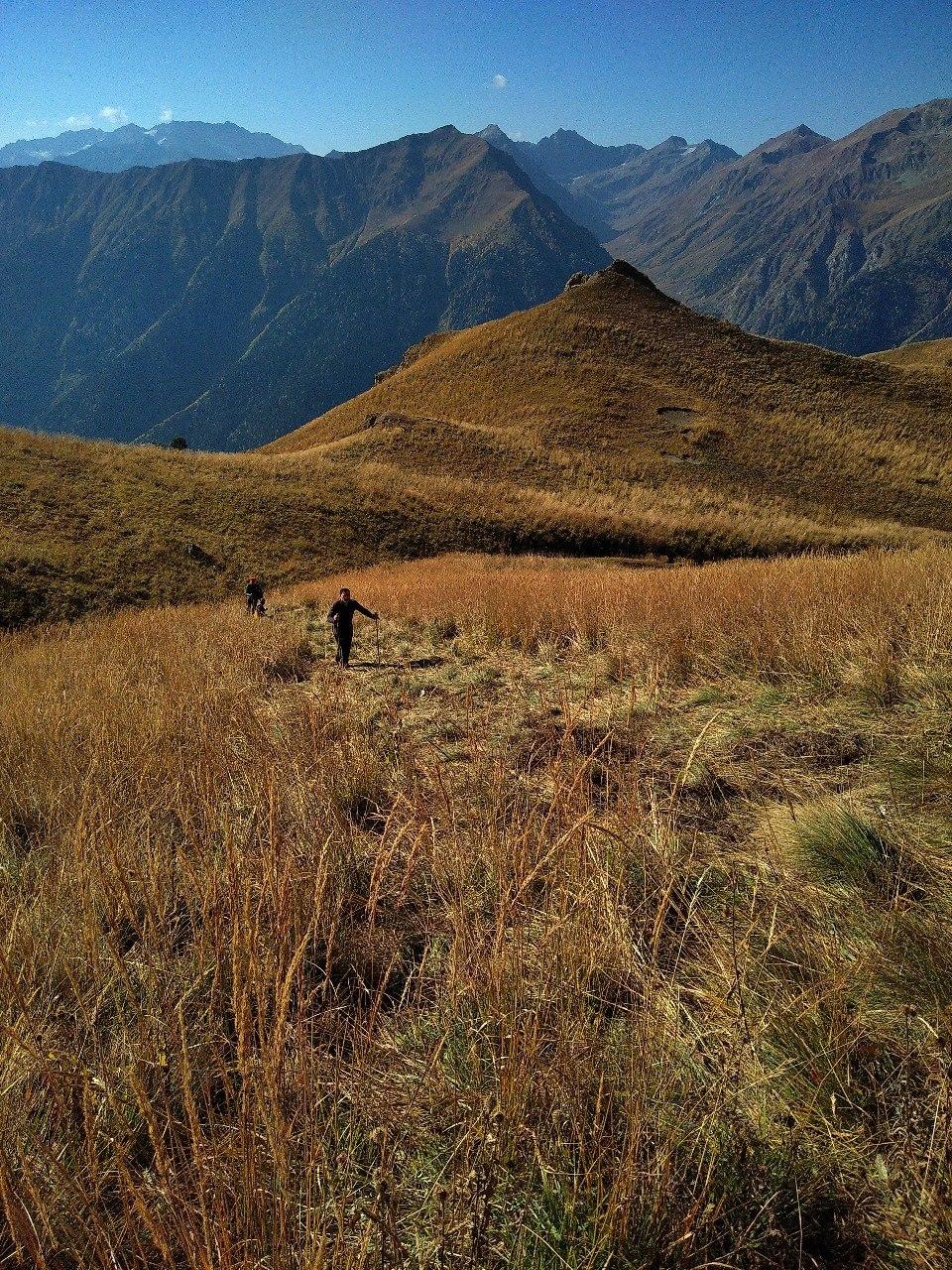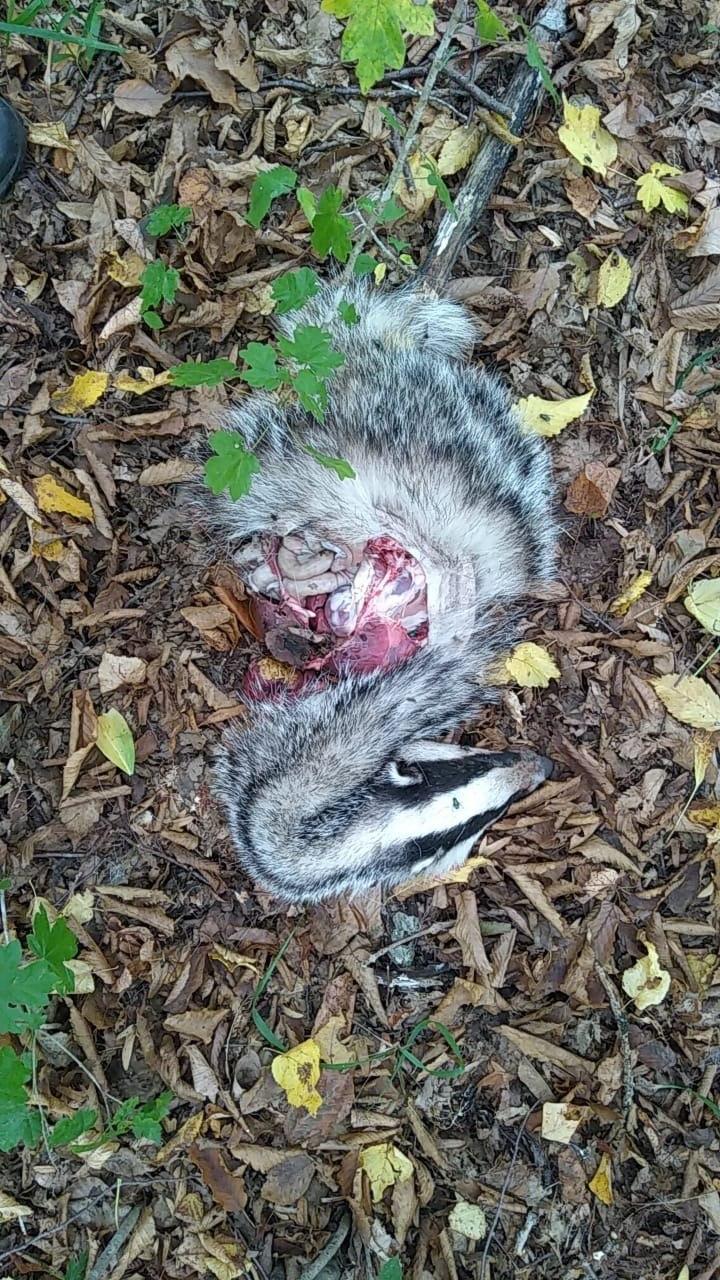
Released animals are increasingly mastering the territory, and increasing the area of their habitat and hunting grounds. As such, in the Caucasian reserve, Laba has covered 138 km since the release, 56 km over the past month. However, she is very careful and since August 20 has never moved more than 6.5 km from the place where she was released. She has not claimed more territory than 25 square kilometers. The maximum height that the young leopardess conquered in the Caucasian Reserve is 2,761 meters above sea level. Unfortunately, the collar of the male Kodor released with her stopped transmitting information a month ago. There is a hope that everything is in order with the animal, either a malfunction of the collar or the data transmission unit being damaged in a fight with prey. In the near future, a specially equipped field team is moving out to search for the leopard or its collar in the region where the signal of its radio beacon was last heard. The animals released in North Ossetia spent most of the past month in the vast forest area where the Turmon reserve is located. Since the release, Agura has covered a distance of 168 km, of which 121 km over the past month. Like Laba, she is very careful and does not tend to move too far from the place of release - the maximum distance she moved away from it is 20.5 km. Agura made no attempts to conquer the peaks - she preferred to stay no higher than 1100 meters above sea level, mastering a vast area in the valley green zone, the area of which is currently 224 sq km. Baksan is much more active than Agura in his craving for knowledge of unknown lands, since the release he covered 263 km, 190 km of which in September. The area that Baksan mastered after release is 314.6 sq km. The maximum height from which he could survey the expanses of Ossetia was 2,924 meters above sea level. At the same time, Baksan considers it necessary to periodically return to the place where he was released and has never gone further than 16.5 km from it. All leopards are still in the protected areas where they were released. Only Baksan went outside the Turmon reserve twice, but did not go further than 1.5 km from its borders. He was captured by a video camera from a car when he was crossing the road.

During September the animals hunted for prey on their own. Over the past month, three hunts have been registered near Laba in the Caucasian Reserve, during a field check on the spot, experts have confirmed the remains of two chamois and one deer. There is no information on the prey of Kodor because of the mentioned problem with the collar. Three confirmed hunts of Agura were recorded in North Ossetia, with a raccoon dog and two fat badgers. During the past period Baksan also caught two raccoon dogs, a badger and one feral dog roaming in the forest.

Over the entire period since the release, there have never been any meetings of released leopards with each other. The average distance that Agura holds relative to Baksan is about 18.5 km.
The Central Asian leopards raised at the Leopard Restoration Center in the Caucasus of the Sochi National Park and released into the wild are just the first steps towards creating a new population: there should be at least 50 leopards in the North Caucasus. All animals are specially tested, they know how to hunt wild ungulates and avoid encounters with humans.

The program for the restoration of the Central Asian leopard in the Caucasus is being implemented by the Ministry of Natural Resources of Russia with the participation of the Sochi National Park, the Caucasian Reserve, the World Fund for Nature , the A.N. Severtsov Institute of Ecology and Evolution of the Russian Academy of Sciences (IEE RAS), A.K. Tembotov Institute of Ecology of Mountain Territories of the Russian Academy of Sciences (IEGT RAS), the Moscow Zoo, with the assistance of the International Union for Conservation of Nature (IUCN) and the European Association of Zoos and Aquariums (EAZA). Leopard monitoring is carried out with the financial support of VTB Bank. In North Ossetia, RusHydro provides financial support for the population recovery program.
Author of the image: Chitoev K.
